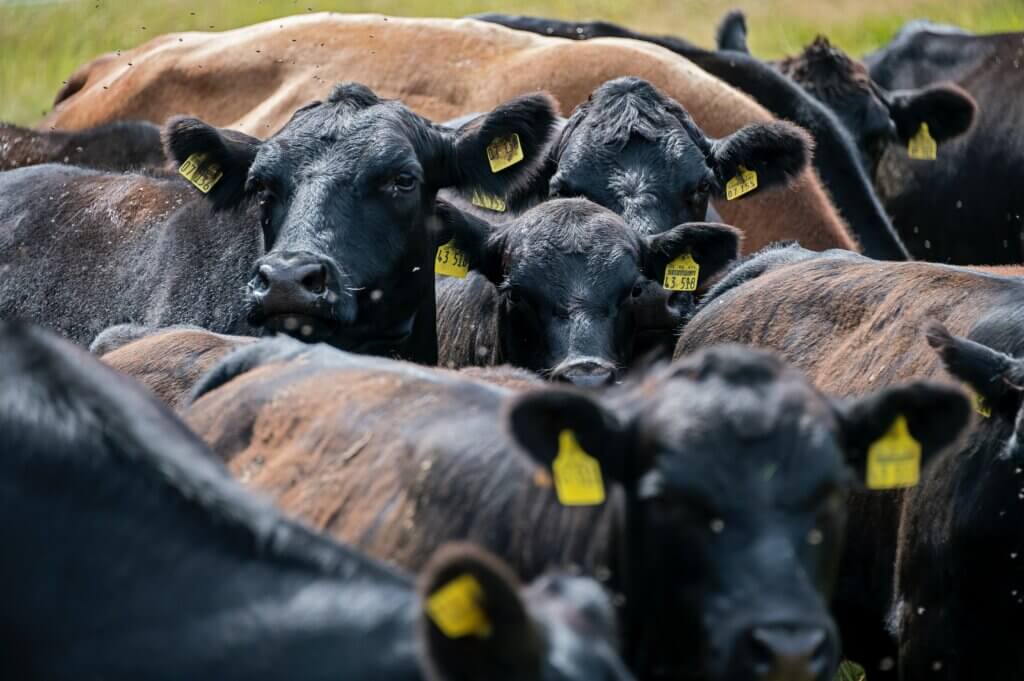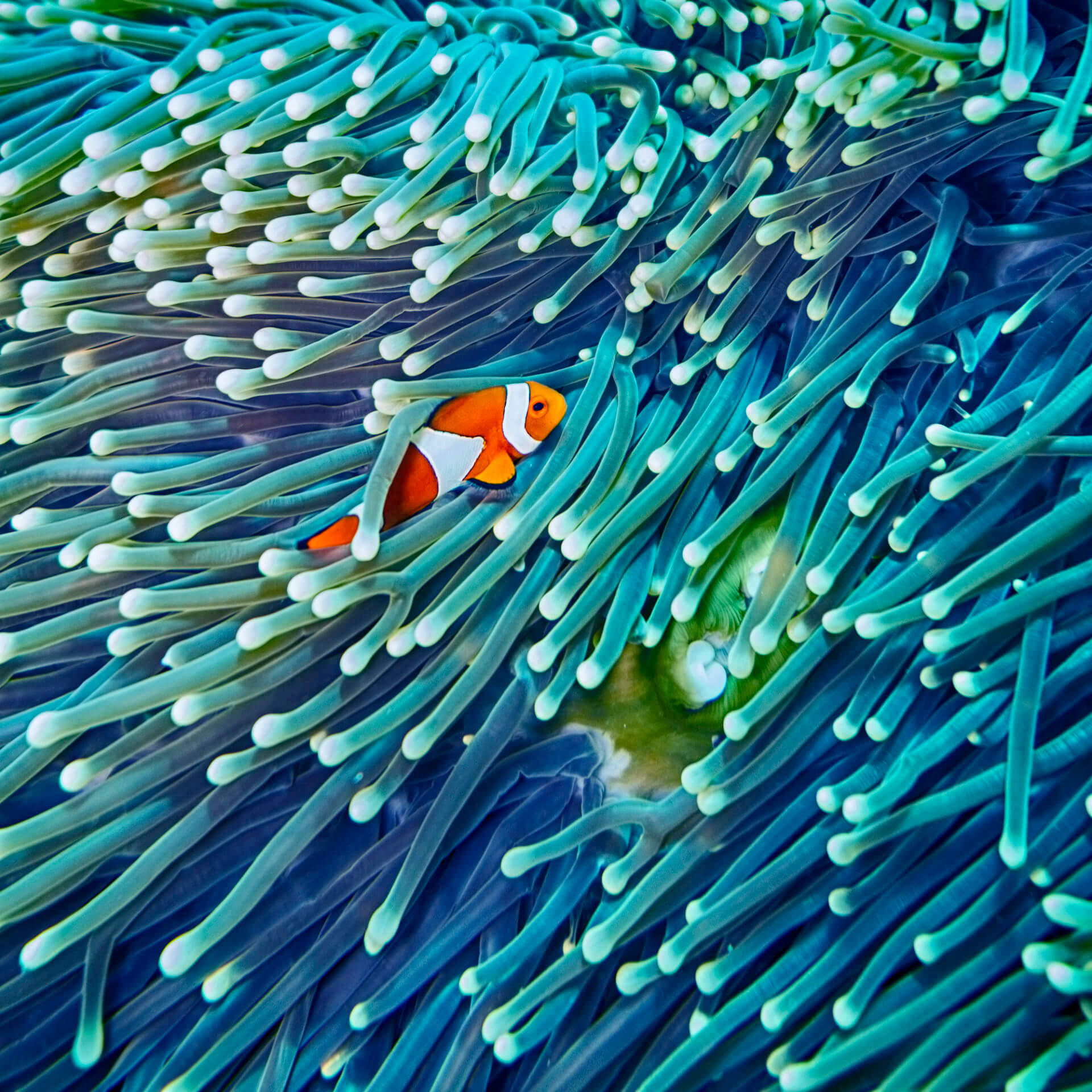
A very meaty diet: what consequences for biodiversity?
Did you know that, in the European Union, the food industry is the main cause of environmental damage, followed by housing and mobility?[1] Although many consumers are aware of this, we tend to underestimate the effects of our eating habits on the environment.[2] While this is not good news, it does mean that our choices can make a real difference. But can we really protect biodiversity at mealtimes?
Worldwide, 65 billion animals are slaughtered annually to fulfil our meat consumption. While meat consumption in Europe and the United States has stagnated and even slowed in recent years (the average annual meat consumption of Belgians fell from 82.4 kg in 2010 to 72.2 kg in 2020[3]), in other regions of the world – such as China and India, for example – meat consumption is experiencing a real growth, mainly due to rising incomes. World production even increased fivefold between 1950 and 2000. Estimated at 309 million tonnes in 2013, it could well reach 465 million tonnes in 2050 on a planet with more than 9 billion people.[4]
However, such an increase in meat production has consequences for biodiversity and human health. In particular, increasingly intensive livestock farming to meet the growing demand for red meat is causing damage to ecosystems: deforestation to transform forests into grain crops for animal feed, water and soil pollution, greenhouse gas emissions, animal abuse, introduction of potentially dangerous chemicals into the food chain (antibiotics, growth hormones, etc.).

Deforestation
Current meat consumption is estimated to be responsible for the destruction of 62% of forests and other ecosystems.[5] The production of 1 kg of meat requires between 7 and 12 kg of grain.[6] This leads to the deforestation of millions of hectares worldwide every year to plant wheat, corn or soya to feed livestock. Moreover, 70% of agricultural land is now used for animal feed, 65% in Europe.[7]
Tropical forests are particularly endangered ecosystems. Half a hectare of tropical forest, equivalent to the surface area of a football field, is destroyed every second, leading to the disappearance of many species of plants, animals and insects.[8]
Greenhouse gas pollution and emissions
Intensive livestock farming, which is very water-intensive, is also a source of nitrate and phosphorus pollution from manure and slurry spreading. Failure to treat cattle excrement would generate more than 500 nitrogen-saturated dead zones in the oceans.[9] Pesticide and fertilizer runoffs contaminate depleted soils and aquatic areas.
According to the Food and Agriculture Organization (FAO) of the United Nations, livestock farming is responsible for 20% of greenhouse gas emissions (2017 data[10]), due to its high methane and nitrous oxide content, beating the transport sector. These two gases result from the use of fertilizers for crops and ruminant digestion. Their warming potential is 25 and 300 times higher respectively than that of CO2.[11] A study in the United Kingdom found that greenhouse gas emissions from beef were 16 kg CO2 equivalent per kilogram of beef, compared to 0.8 kg CO2 equivalent per kilogram of wheat (Garnett 2009). In terms of greenhouse gas emissions, “the consumption of one kilogram of domestic beef in a household represents automobile use of a distance of 160 km.” (Carlsson-Kanyama and González 2009). However, climate change is a major threat to biodiversity and ecosystem balance.
So what solutions can I adopt to reduce my carbon footprint and improve my health? Find out more in the article “Save biodiversity by eating better“
[1] European Commission Joint Research Centre, Indicators and assessment of the environmental impact of EU consumption, 2019.
[2] Austria, Belgium, Germany, Greece, Italy, Lithuania, Netherlands, Portugal, Slovakia, Slovenia, Spain. Fieldwork took place in October-November 2019 with a representative sample of over 11,000 consumers.
[3] https://www.retaildetail.be/fr/news/food/les-belges-mangent-toujours-moins-de-viande
[4] Le monde, l’impact de la viande sur l’environnement expliqué en 4 minutes, L’impact de la viande sur l’environnement expliqué en 4 minutes – YouTube
[5] Pendrill, F., Persson, U. M., Godar, J., Kastner, T., Moran, D., Schmidt, S., & Wood, R. (2019a). Agricultural and forestry trade drives large share of tropical deforestation emissions. Global Environmental Change, 56, 1-10.
[6] Le monde, l’impact de la viande sur l’environnement expliqué en 4 minutes, L’impact de la viande sur l’environnement expliqué en 4 minutes – YouTube
[7] Impacts of European livestock production: nitrogen, sulphur, phosphorus and greenhouse gas emissions, land-use, water eutrophication and biodiversity https://iopscience.iop.org/article/10.1088/1748-9326/10/11/115004/meta
[8]Le monde, Faut-il arrêter de manger de la viande ?
[9] Kip Andersen, Keegan Kuhn, Documentaire Cowspiracy
[10] http://www.fao.org/economic/ess/environment/data/emission-shares/en/
[11] Le monde, Pourquoi la viande est-elle si nocive pour la planète ?
Actus Associés

Regenerative development and design: improving governance, innovation and planetary health
Humans have pushed several planetary boundaries out of their safe operating space and inequalities within and between countries are rising… Our current societal and environmental challenges require a meta-response. This is what Regenerative Development and Design (RDD) aims to bring.
See more
Save biodiversity by eating better
Our food choices have significant effects on biodiversity and ecosystems, but also on our health. Among other things, intensive meat production is responsible for the destruction of many ecosystems around the world and excessive meat consumption is a source of various diseases. Yet demand is growing on an increasingly populated planet with limited natural resources. As individuals, do we have a role to play in mitigating this trend in a globalised world? The answer is yes!
See more
A Happy New Year 2019 focused on biodiversity!
Is the year-end holiday season behind you? No more crazy shopping for gifts, no more hearty meals… until next year! As this period is behind us, let’s now take the time to ask ourselves what a celebration such as Christmas represents in terms of impact on biodiversity. And most importantly, what can we do to reduce our footprint during the holidays, whatever they may be?
See more





